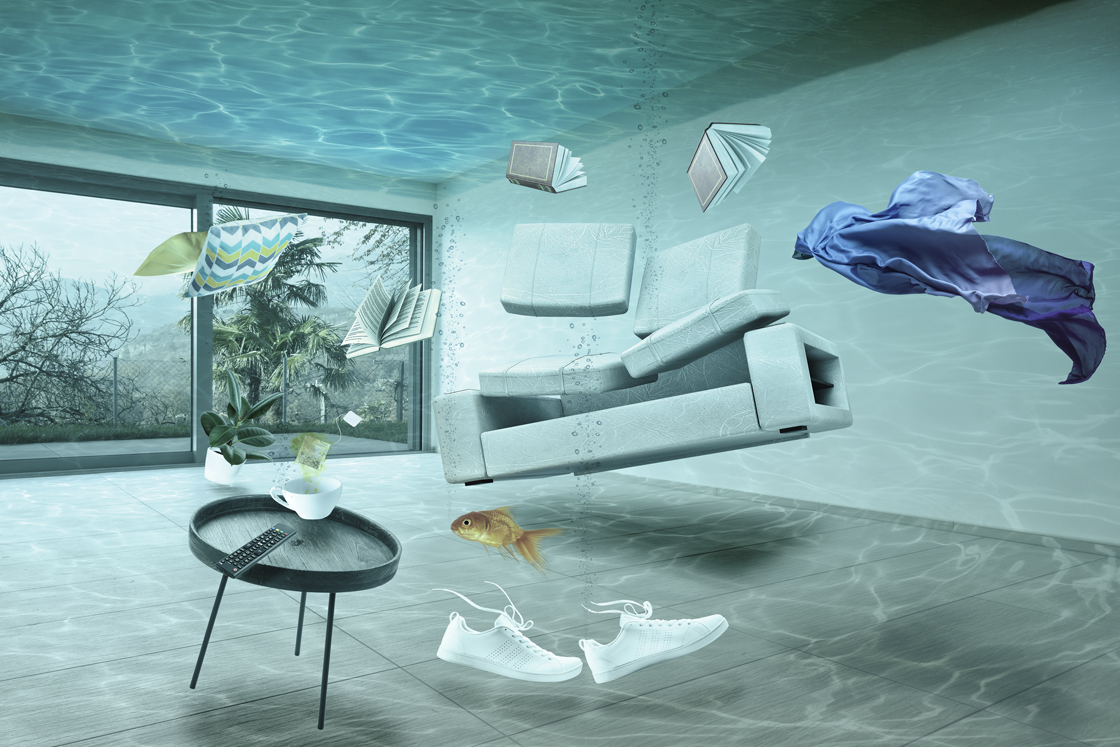Find Out Clever Ways to Detect Hidden Leaking Water Lines
Find Out Clever Ways to Detect Hidden Leaking Water Lines
Blog Article
Right here in the next paragraph you will discover some helpful insight concerning Top leak detection hacks.

Early discovery of leaking water lines can reduce a prospective calamity. Some tiny water leaks may not be visible.
1. Check Out the Water Meter
Every house has a water meter. Inspecting it is a proven manner in which helps you discover leaks. For starters, shut off all the water resources. Make sure no one will flush, utilize the faucet, shower, run the washing device or dishwashing machine. From there, most likely to the meter and watch if it will change. Given that nobody is using it, there need to be no activities. If it relocates, that indicates a fast-moving leakage. If you spot no modifications, wait an hour or two as well as inspect back once again. This indicates you might have a slow-moving leakage that can also be below ground.
2. Check Water Usage
Examine your water expenses as well as track your water usage. As the one paying it, you ought to discover if there are any discrepancies. If you spot sudden changes, despite your usage being the same, it means that you have leakages in your plumbing system. Bear in mind, your water costs must fall under the same range monthly. A sudden spike in your bill shows a fast-moving leakage.
A constant boost every month, even with the very same behaviors, reveals you have a sluggish leak that's also gradually intensifying. Call a plumber to completely check your residential or commercial property, specifically if you really feel a warm area on your flooring with piping beneath.
3. Do a Food Coloring Test
When it comes to water usage, 30% comes from toilets. If the color in some way infiltrates your dish during that time without flushing, there's a leak in between the container as well as bowl.
4. Asses Exterior Lines
Don't forget to inspect your exterior water lines also. Should water seep out of the connection, you have a loosened rubber gasket. One little leak can squander lots of water as well as surge your water expense.
5. Evaluate the scenario and also check
House owners must make it a routine to inspect under the sink counters and even inside cabinets for any kind of bad odor or mold development. These 2 warnings indicate a leak so punctual focus is needed. Doing routine evaluations, even bi-annually, can save you from a significant trouble.
A lot more notably, if you recognize your residence is currently old, keep a watchful eye on your heating systems, pipes, pipelines etc. Look for discolorations and compromising as most home appliances and pipes have a life expectancy. They will additionally normally weaken due to tear and also use. If you think leaking water lines in your plumbing system, don't await it to intensify. Call a professional plumber right away so you do not end up with a dreadful mess in your house.
Early discovery of dripping water lines can mitigate a potential calamity. Some tiny water leakages may not be noticeable. Inspecting it is a proven method that helps you find leaks. One tiny leakage can squander bunches of water as well as increase your water expense.
If you suspect leaking water lines in your plumbing system, do not wait for it to intensify.
WARNING SIGNS OF WATER LEAKAGE BEHIND THE WALL
PERSISTENT MUSTY ODORS
As water slowly drips from a leaky pipe inside the wall, flooring and sheetrock stay damp and develop an odor similar to wet cardboard. It generates a musty smell that can help you find hidden leaks.
MOLD IN UNUSUAL AREAS
Mold usually grows in wet areas like kitchens, baths and laundry rooms. If you spot the stuff on walls or baseboards in other rooms of the house, it’s a good indicator of undetected water leaks.
STAINS THAT GROW
When mold thrives around a leaky pipe, it sometimes takes hold on the inside surface of the affected wall. A growing stain on otherwise clean sheetrock is often your sign of a hidden plumbing problem.
PEELING OR BUBBLING WALLPAPER / PAINT
This clue is easy to miss in rooms that don’t get much use. When you see wallpaper separating along seams or paint bubbling or flaking off the wall, blame sheetrock that stays wet because of an undetected leak.
BUCKLED CEILINGS AND STAINED FLOORS
If ceilings or floors in bathrooms, kitchens or laundry areas develop structural problems, don’t rule out constant damp inside the walls. Wet sheetrock can affect adjacent framing, flooring and ceilings.
https://www.servicemasterbyzaba.com/blog/how-to-detect-water-leakage-in-walls/

I ran across that post about Hacks to detect leaks when doing a lookup on the search engines. Liked our post? Please share it. Let someone else check it out. Thanks for your time invested reading it.
Get the best, call! Report this page